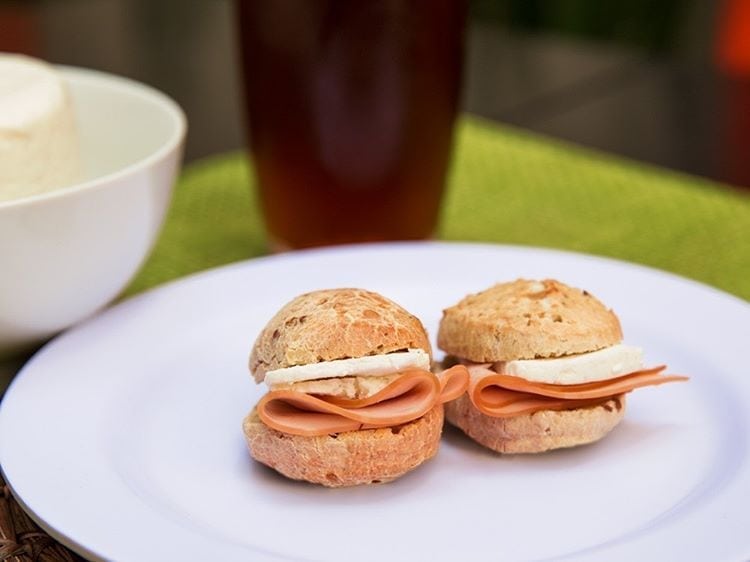Author: Raza
Pão de queijo is the history of Brazil in a moreish cheese snack
Sarah Gilbert - The Guardian - 25JUN17 At almost every Brazilian gathering you’ll find pão de queijo (pronounced pow-ge-kay-ju) on the table: small golden cheese balls with a crunchy crust, a light, fluffy centre and a slightly tart flavour. They are similar to French gougère but are naturally gluten free. Its culinary roots can almost certainly be traced back to the landlocked state of Minas Gerais in south-east Brazil. It’s thought that the indigenous Guaraní peoples pounded native cassava, otherwise known as yuca or manioc, to make basic bread long before the arrival of the Portuguese in 1500. When the colonisers settled in Minas, bringing with them African slaves – the colonial capital Ouro Preto was at the heart of the Brazilian gold rush – they discovered that the land wasn’t suitable for cultivating grains like wheat, and turned to this hardy, starchy tuber. Like bitter almonds, cassava
Read MoreForno de Minas Cheese Rolls and Dips
Try Forno de Minas Cheese Rolls with your favourite dip. Here we have a few yummy suggestions for you!
Read MoreEasy Cheese Rolls Mini Sandwiches
For your Sunday Brunch or that special afternoon snack, just cut a Large Forno de Minas Cheese Roll in half, spread butter, add slices of your favourite cold cut and cheese. You may also add a hint of mustard or a drop of pesto sauce for added flavour. Voilá !!!
Read More

